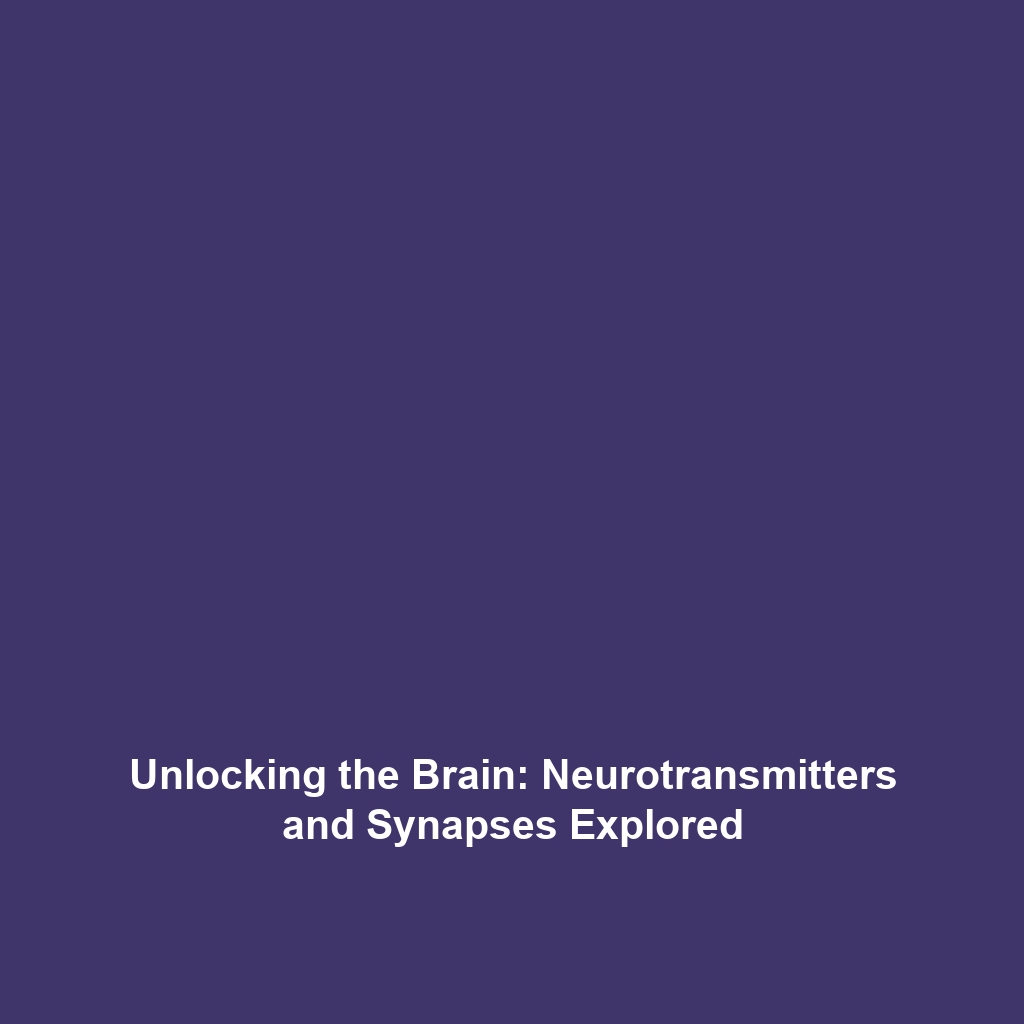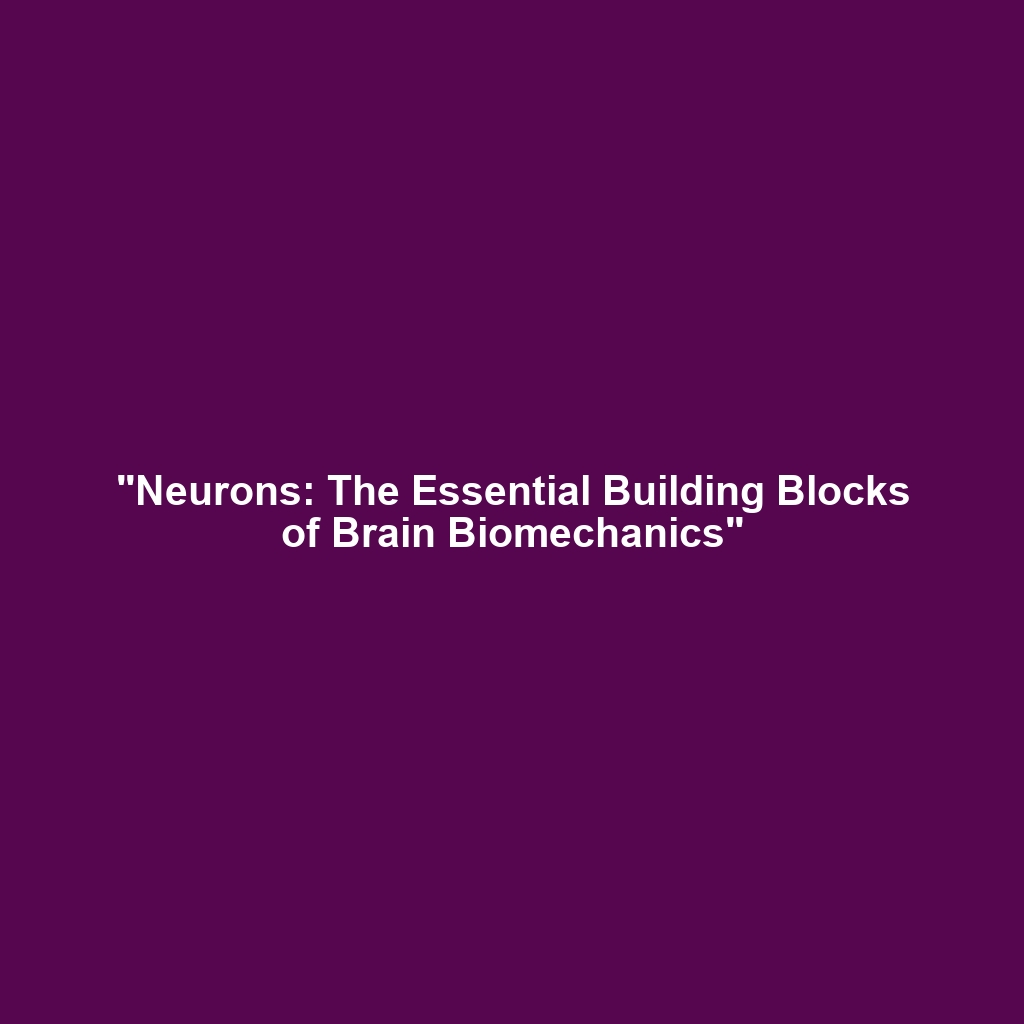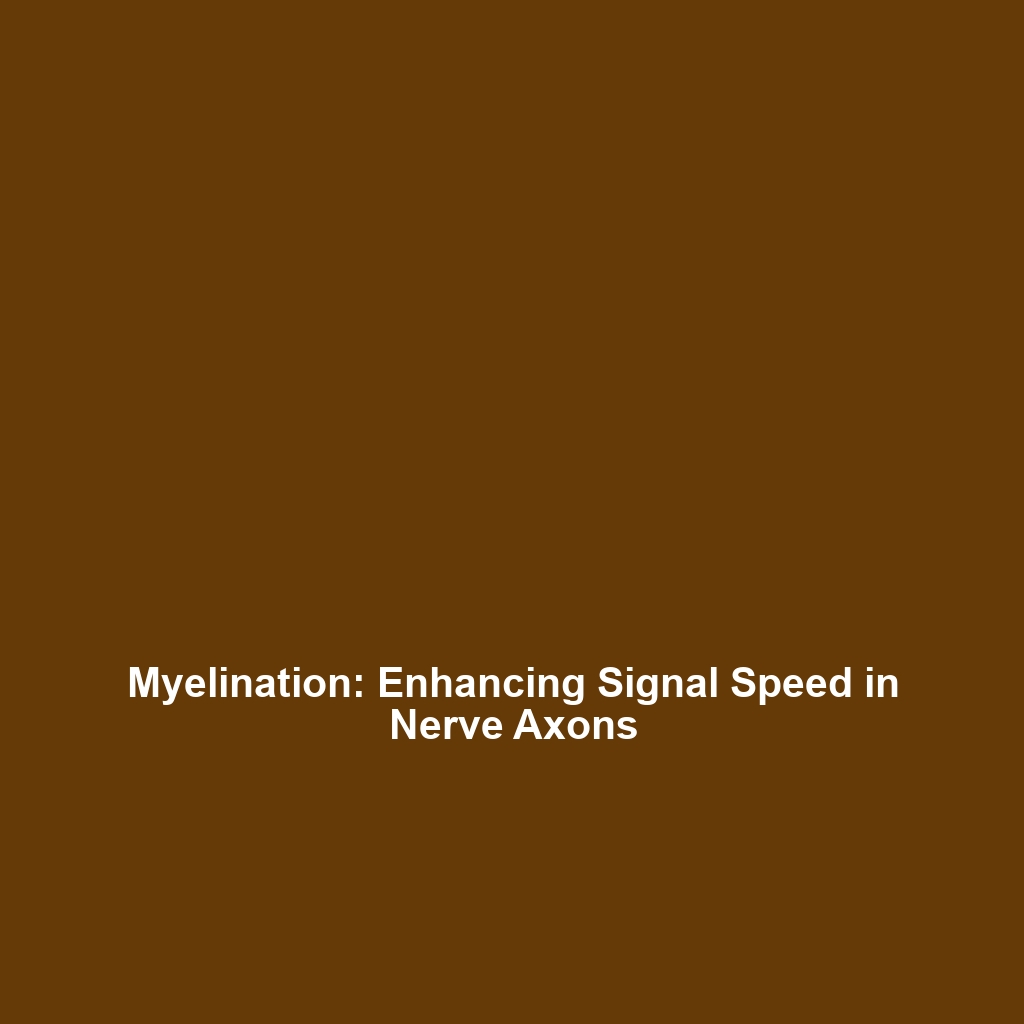Understanding the Peripheral Nervous System (PNS) in Biomechanics
The Peripheral Nervous System (PNS) plays a vital role in transmitting signals between the Central Nervous System (CNS) and the rest of the body. It encompasses sensory neurons, motor neurons, and autonomic functions, making it integral to biomechanics. This article delves into the significance of the PNS, exploring its functions, applications, challenges, and future prospects within a biomechanical context.
Key Concepts of the Peripheral Nervous System
The PNS is essential in biomechanical studies for several reasons:
- Sensory Neurons: These neurons convey information from sensory receptors to the CNS, allowing the body to respond to stimuli.
- Motor Neurons: They transmit signals from the CNS to muscles, which is crucial for motion and coordination.
- Autonomic Functions: The PNS regulates involuntary bodily functions, including heart rate and digestion, that are vital for sustaining life and physical performance.
Understanding these components is key to applying biomechanics in fields such as rehabilitation, sports science, and ergonomics.
Applications and Real-World Uses
Research into the PNS has led to numerous applications in biomechanics:
- Prosthetic Development: Innovations in prosthetic technology use insights from the PNS to create devices that mimic natural movement.
- Rehabilitation Therapies: Knowledge of the PNS helps design effective rehabilitation programs for patients recovering from injuries.
- Ergonomic Assessments: Understanding how the PNS interacts with the body’s mechanics aids in creating better workplace designs that minimize injury.
These applications underscore how the PNS contributes significantly to advancements in biomechanics.
Current Challenges in Peripheral Nervous System Research
While the study of the PNS offers many opportunities, it also presents challenges:
- Limited Understanding: Comprehensive knowledge of PNS functions is still developing, making it difficult to apply in all contexts.
- Variability in Individual Responses: Different subjects may react differently to stimuli, complicating data interpretation.
- Technological Constraints: Current technologies may not fully capture the complexities of PNS interactions.
These issues highlight the ongoing need for refined methodologies and technologies in PNS research.
Future Research and Innovations
Innovations on the horizon related to the PNS in biomechanics include:
- Neuroprosthetics: Breakthroughs in neuroprosthetic devices are expected to enhance the integration of PNS signals with artificial limbs.
- Biofeedback Mechanisms: Future research aims to develop biofeedback systems that provide real-time data on PNS function during physical activities.
- Regenerative Medicine: Advancements in regenerative therapies may enhance PNS repair and function after injury.
These innovations have the potential to revolutionize the application of biomechanics in medicine and rehabilitation.
Conclusion
The Peripheral Nervous System plays a critical role in transmitting signals between the CNS and the rest of the body, thus influencing biomechanics significantly. Understanding its components, applications, challenges, and future directions is crucial for anyone engaged in fields such as rehabilitation or sports science. As research continues, new findings will likely emerge, further elucidating the complexities of the PNS and its role in biomechanics.
For more insights into related topics, consider reading our articles on rehabilitation technologies and biomechanics in sports.



